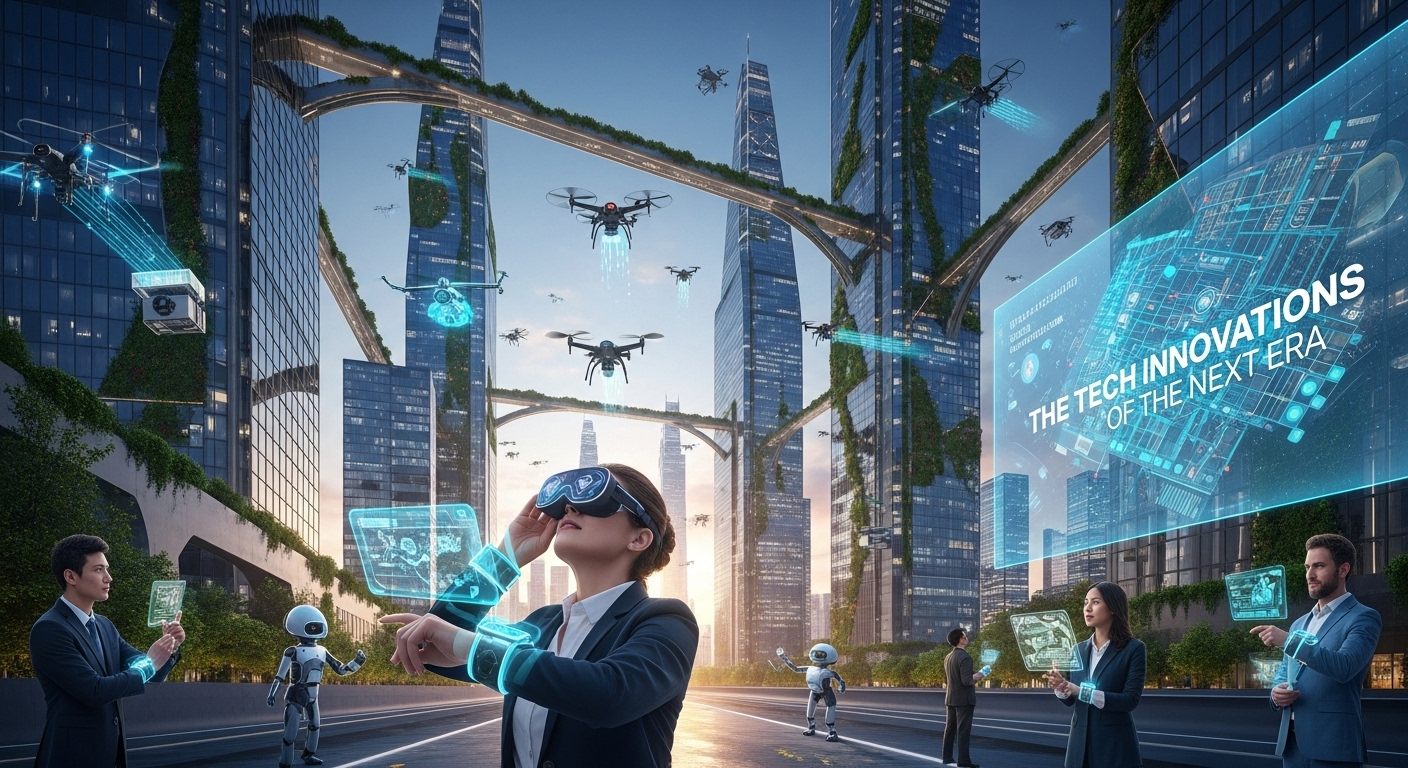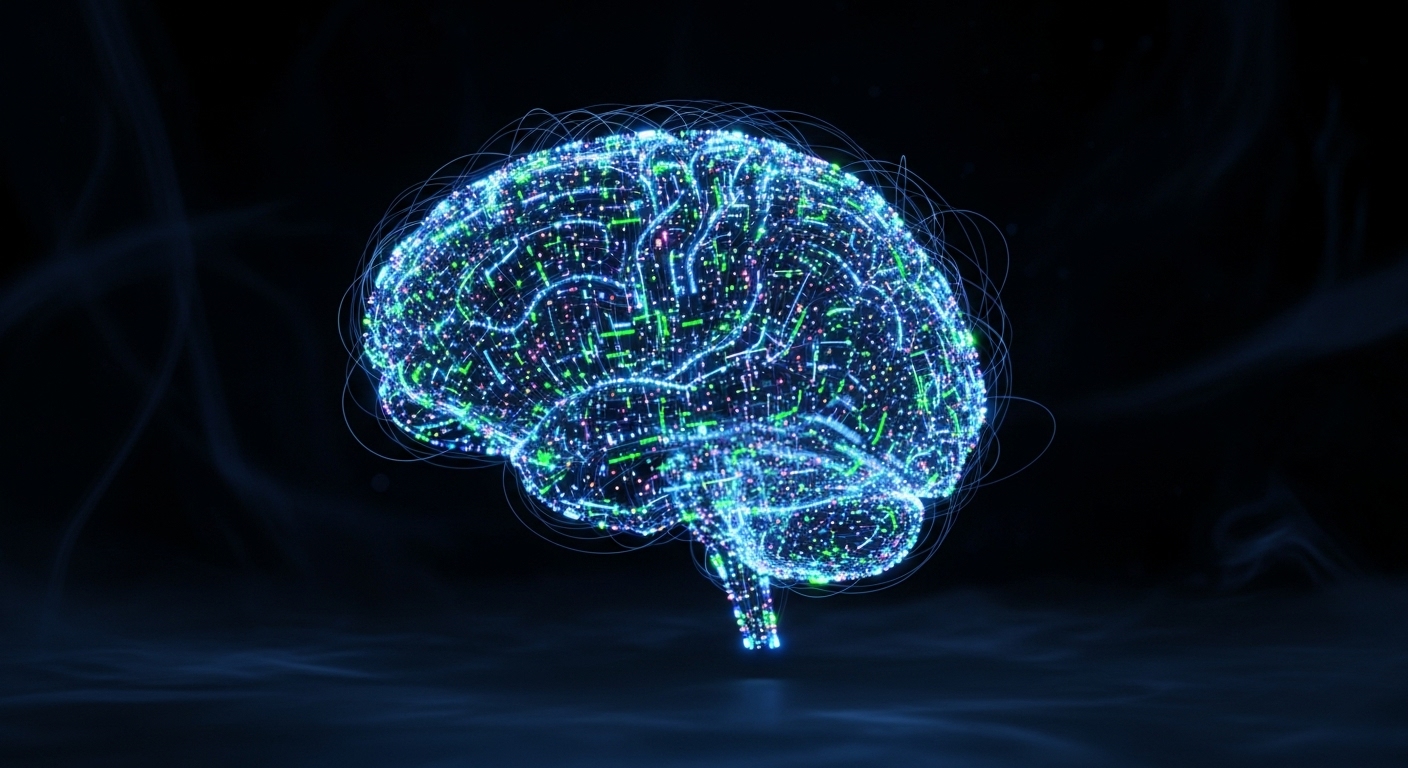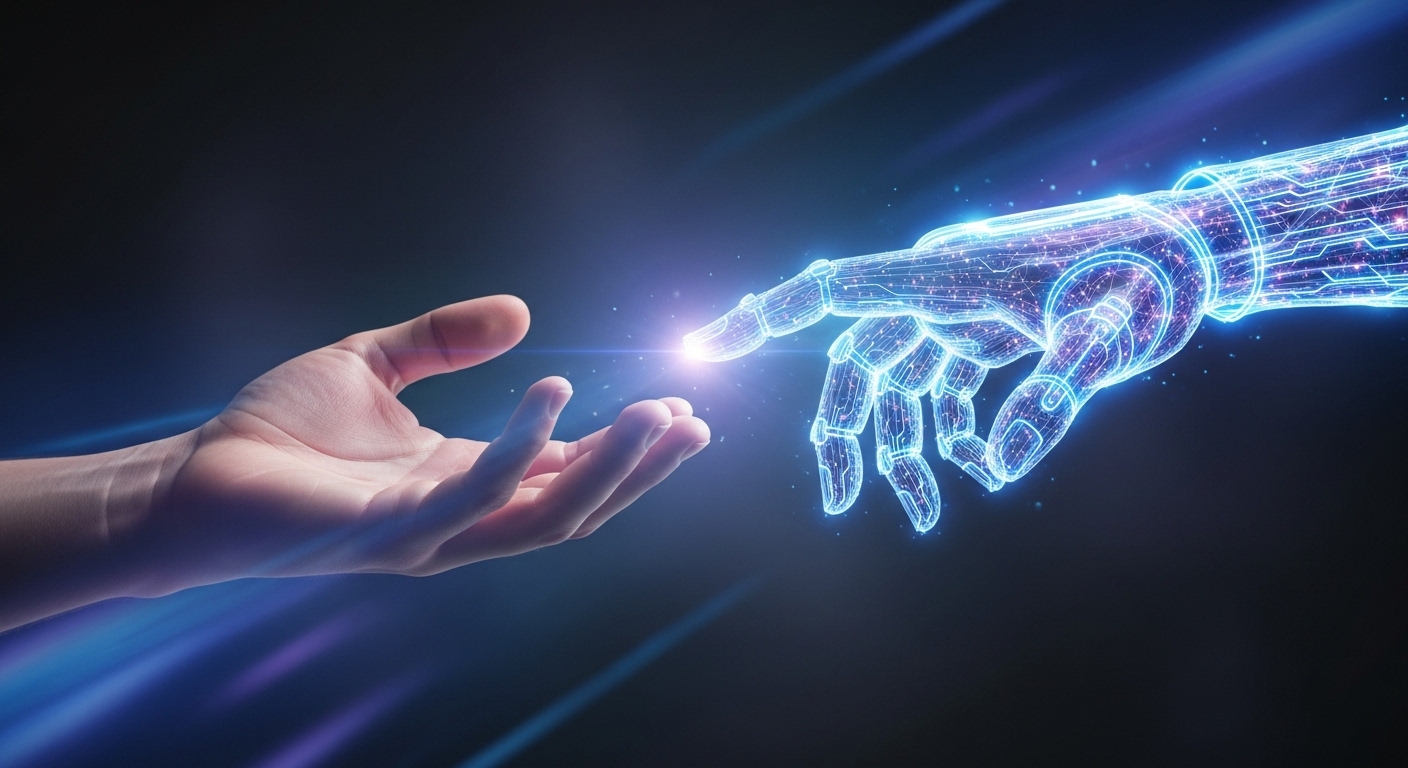Technology is no longer just a part of human life; it has become the lifeblood of modern civilization. From the simplest tasks of daily life to the most complex operations in space exploration, technology has transformed the way humans interact with the world. Over the last few decades, the pace of technological innovation has accelerated exponentially, affecting every sector imaginable, including healthcare, education, transportation, communication, and entertainment. In this article, we will explore the evolution, impact, and future of technology in great depth, highlighting the forces driving change and the challenges that come with it.
The Historical Evolution of Technology
The story of technology is as old as humanity itself. Early humans used primitive tools made of stone, bone, and wood to hunt, gather, and build. The invention of the wheel marked one of the earliest technological breakthroughs that changed transportation forever. Agriculture, metallurgy, and writing systems followed, laying the foundation for civilizations.
The Industrial Revolution, which began in the late 18th century, accelerated technological growth, transforming agrarian societies into industrial powerhouses. Machines replaced manual labor, and innovations such as the steam engine, spinning jenny, and telegraph redefined productivity and communication. The 20th century ushered in a new era with electricity, automobiles, airplanes, and computers, each adding layers of complexity and possibility. Today, we live in a digital era where computing power, artificial intelligence, and connectivity define progress.
The Digital Revolution and Its Impact
The digital revolution, which began in the late 20th century, represents one of the most profound shifts in human history. Computers, once large and inaccessible, have become ubiquitous, embedding themselves into nearly every aspect of life. This revolution has not only increased efficiency but also democratized access to information.
Communication has been transformed through email, instant messaging, video conferencing, and social media platforms, enabling people to interact in real-time across the globe. Businesses have leveraged digital technologies to optimize operations, enhance customer experiences, and create entirely new business models. E-commerce, for example, has shifted traditional retail into an always-open digital marketplace. Digitalization has also made education more accessible through online courses, virtual classrooms, and massive open online courses, enabling lifelong learning regardless of geographic location.
Artificial Intelligence: The Dawn of Intelligent Machines
Artificial Intelligence (AI) has emerged as one of the most transformative forces in modern technology. AI systems, capable of learning, reasoning, and decision-making, are revolutionizing industries and daily life. Machine learning, a subset of AI, allows computers to learn patterns from data and improve performance over time without explicit programming.
Healthcare has benefited enormously from AI, with systems capable of diagnosing diseases from medical imaging with accuracy rivaling that of human doctors. Autonomous vehicles, powered by AI, promise to make transportation safer and more efficient. AI also powers virtual assistants, recommendation engines, and predictive analytics, helping businesses understand consumer behavior and optimize strategies. While AI presents immense opportunities, it also raises ethical and social concerns, including biases in algorithms, privacy issues, and potential job displacement.
The Rise of the Internet of Things (IoT)
The Internet of Things (IoT) represents a world where everyday objects are connected to the internet, enabling real-time communication and data exchange. From smart home devices like thermostats and security cameras to industrial sensors monitoring machinery, IoT is creating a network of interconnected systems that enhance convenience, safety, and efficiency.
IoT has applications in agriculture through precision farming, where sensors monitor soil conditions, weather patterns, and crop health. In healthcare, wearable devices track vital signs, helping doctors and patients manage chronic conditions more effectively. Smart cities leverage IoT to manage traffic flow, reduce energy consumption, and improve public safety. However, the proliferation of IoT devices also introduces security challenges, as each connected device can potentially become a vulnerability in a larger network.
Cloud Computing: Redefining Storage and Computing Power
Cloud computing has revolutionized the way individuals and businesses store, manage, and process data. By providing on-demand access to computing resources over the internet, cloud computing eliminates the need for heavy investment in physical infrastructure. Organizations can now scale resources up or down based on demand, enhancing flexibility and reducing costs.
Cloud services enable collaborative work by allowing multiple users to access and edit files in real-time, regardless of location. Data-driven applications, big data analytics, and artificial intelligence rely heavily on cloud computing for storage and processing power. Furthermore, cloud platforms facilitate disaster recovery and business continuity by offering redundant storage solutions that protect against data loss. The widespread adoption of cloud technology is creating a paradigm shift, where computational capabilities are no longer limited to personal hardware.
Cybersecurity: Safeguarding the Digital World
As technology becomes more integrated into everyday life, the importance of cybersecurity cannot be overstated. Cyberattacks, data breaches, and digital fraud pose significant threats to individuals, businesses, and governments. Cybersecurity involves protecting systems, networks, and data from unauthorized access and ensuring integrity, confidentiality, and availability.
The rise of sophisticated threats, including ransomware, phishing attacks, and state-sponsored cyber warfare, has made cybersecurity an essential field of expertise. Organizations employ multi-layered defense strategies, including encryption, firewalls, intrusion detection systems, and continuous monitoring. User awareness and education also play a critical role in preventing breaches, as human error remains one of the weakest links in cybersecurity. With the increasing number of connected devices and cloud-based services, the field of cybersecurity will continue to grow in importance.
The Future of Robotics and Automation
Robotics and automation have reshaped manufacturing, logistics, and service industries. Robots can perform repetitive, dangerous, or highly precise tasks with consistency and efficiency beyond human capabilities. Automation improves productivity and reduces operational costs, but it also raises questions about employment and workforce adaptation.
Industrial robots are widely used in automotive assembly, electronics manufacturing, and packaging, while service robots assist in healthcare, hospitality, and retail. Advances in artificial intelligence are enabling robots to perform complex decision-making tasks and interact with humans in intuitive ways. The integration of robotics with IoT, AI, and machine learning is creating intelligent systems capable of autonomous operations, heralding a future where humans and robots collaborate seamlessly in diverse environments.
Biotechnology and Health Technology Innovations
Biotechnology has made remarkable strides, particularly in healthcare and medicine. Gene editing technologies like CRISPR allow precise modifications to DNA, opening new possibilities for treating genetic disorders. Personalized medicine, powered by genetic analysis and AI, tailors treatments to individual patients, improving efficacy and minimizing side effects.
Telemedicine has expanded access to healthcare, particularly in remote and underserved areas. Patients can consult with doctors, receive prescriptions, and monitor vital signs without traveling to clinics. Wearable health devices and mobile health applications provide real-time insights into health metrics, enabling proactive disease management. Biotechnology and health technology are converging to create a future where healthcare is more personalized, predictive, and preventive, enhancing overall quality of life.
Renewable Energy and Sustainable Technology
As global awareness of climate change grows, technology is playing a crucial role in sustainability. Renewable energy technologies, such as solar, wind, and hydroelectric power, are reducing reliance on fossil fuels. Advances in energy storage, such as high-capacity batteries, are overcoming the limitations of intermittent energy sources, making renewable energy more reliable.
Smart grids, powered by digital sensors and IoT devices, optimize energy distribution, reduce wastage, and integrate renewable sources efficiently. Electric vehicles are transforming transportation by reducing carbon emissions and dependency on oil. Sustainable technology extends beyond energy, encompassing innovations in materials, waste management, and water purification. By integrating technology with sustainability, humanity can address pressing environmental challenges while maintaining progress and quality of life.
Virtual Reality and Augmented Reality
Virtual Reality (VR) and Augmented Reality (AR) have redefined how humans experience the digital and physical world. VR immerses users in fully simulated environments, while AR overlays digital information onto the real world. These technologies have applications in gaming, education, healthcare, and professional training.
VR can simulate complex scenarios, enabling students to explore historical sites, medical professionals to practice surgeries, and engineers to test prototypes in a safe virtual space. AR enhances real-world experiences by providing contextual information, navigation assistance, or interactive learning tools. As VR and AR technologies evolve, their potential to transform industries, education, and entertainment continues to expand, creating experiences that were once purely in the realm of science fiction.
The Challenges of Rapid Technological Advancement
While technology brings immense benefits, it also introduces complex challenges. Rapid innovation can outpace regulations, creating legal and ethical dilemmas. Privacy concerns, algorithmic biases, and misinformation are pressing issues in the digital age. Furthermore, the digital divide continues to limit access to technology for marginalized communities, exacerbating inequality.
The environmental impact of technology, from electronic waste to energy-intensive data centers, cannot be ignored. Balancing innovation with ethical considerations, sustainability, and social responsibility is critical. Governments, organizations, and individuals must collaborate to ensure that technological progress benefits humanity as a whole without compromising safety, privacy, or equity.
Looking Ahead: Technology in the Next Decade
The next decade promises to be even more transformative. Emerging technologies like quantum computing, brain-computer interfaces, and advanced AI systems could redefine what is possible. Quantum computing has the potential to solve problems beyond the reach of classical computers, revolutionizing fields such as cryptography, material science, and drug discovery. Brain-computer interfaces may enable direct communication between humans and machines, enhancing cognitive abilities and accessibility.
Artificial Intelligence will continue to integrate into everyday life, from smart homes to autonomous vehicles. Biotechnology and health technology will make healthcare more personalized and effective. Renewable energy and sustainable technology will be central to addressing climate change. The challenge will be to harness these technologies responsibly, ensuring that progress aligns with human values and societal needs.
Conclusion
Technology is not merely a tool; it is the framework through which humanity engages with the world. From the invention of the wheel to the rise of artificial intelligence, technology has continuously shaped human civilization. Its transformative power affects every aspect of life, offering unprecedented opportunities for growth, learning, and innovation.
However, with great power comes great responsibility. As we navigate an era of rapid technological advancement, it is essential to address ethical, social, and environmental implications. By fostering responsible innovation and ensuring equitable access, humanity can leverage technology to create a future that is not only more advanced but also more inclusive, sustainable, and enriching for all.
The journey of technology is far from complete. The next chapter promises discoveries and innovations that today may seem unimaginable, but one thing is certain: technology will continue to shape the destiny of humanity, driving us toward new frontiers of knowledge, possibility, and connection.



